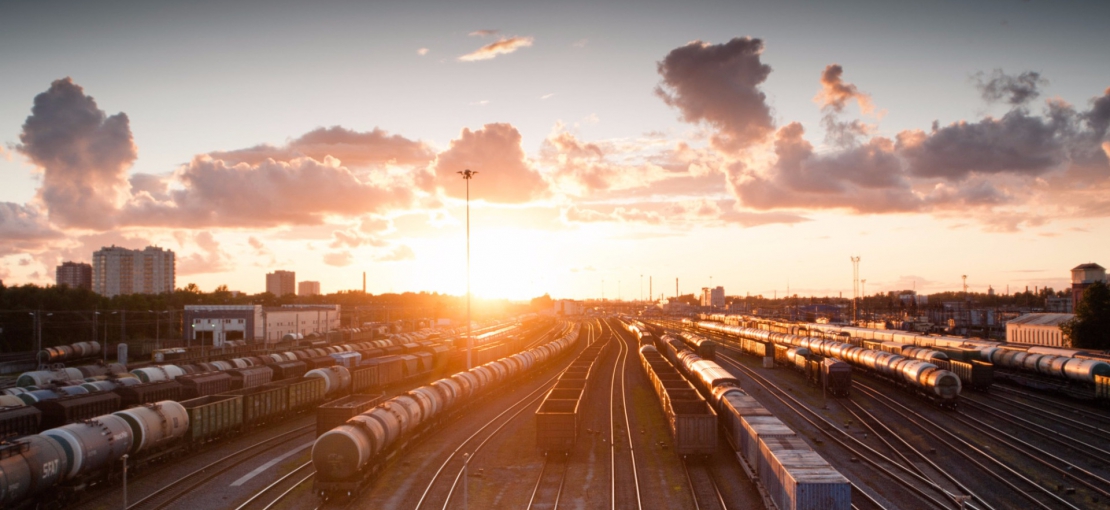
Energy management in the supply chain
Environmental Stewardship pilot project
In a pilot project, VAUDE has conducted environmental management training courses with a number of suppliers of textile materials. As a result, we’re seeing savings of over 18 million kilowatt hours of energy in production every year. Read more about it here.
Most of our fabric suppliers also use thebluesign® System, in which energy efficiency plays an important role. For VAUDE, this is an important component of the entire environmental management system.
Consumption transparency with the Higg Index
Nonetheless, we often don’t have actual figures on the energy consumption of our suppliers or details about the types of energy used for electricity and heating/cooling in each production facility. One reason for this is that we are often only one of many of their clients. Another reason is that a uniform method for measuring the energy consumption of an outdoor product is still lacking.
In the future, we’re hoping that this gap will be closed by the HIGG Index – an international database to evaluate the sustainability of your outdoor pants, jacket, etc. Read more about it here.
No legal requirements
Both the production of materials and components (such as fabrics or zips) and the production of chemical agents (e.g. dyes) or substances required for the functionality of the products (such as water repellency, UV protection, etc.) consume energy. Sewing the products is also energy-intensive.
There are still no legal regulations on the designation of energy consumption in the manufacturing of outdoor products, let alone legal requirements for their energy efficiency.
Company headquarters in Tettnang are climate neutral
In order to compensate for the negative effects of our own energy consumption at our headquarters in Tettnang, we issued a climate balance sheet for our site in 2011. That is why our Made in Germany factory is also climate-neutral. Read more about it here.
| GRI: | 103 |
| GRI: | 302-1 |
| GRI: | 302-2 |
| GRI: | 302-3 |
| GRI: | 302-4 |
| GRI: | 305-5 |




